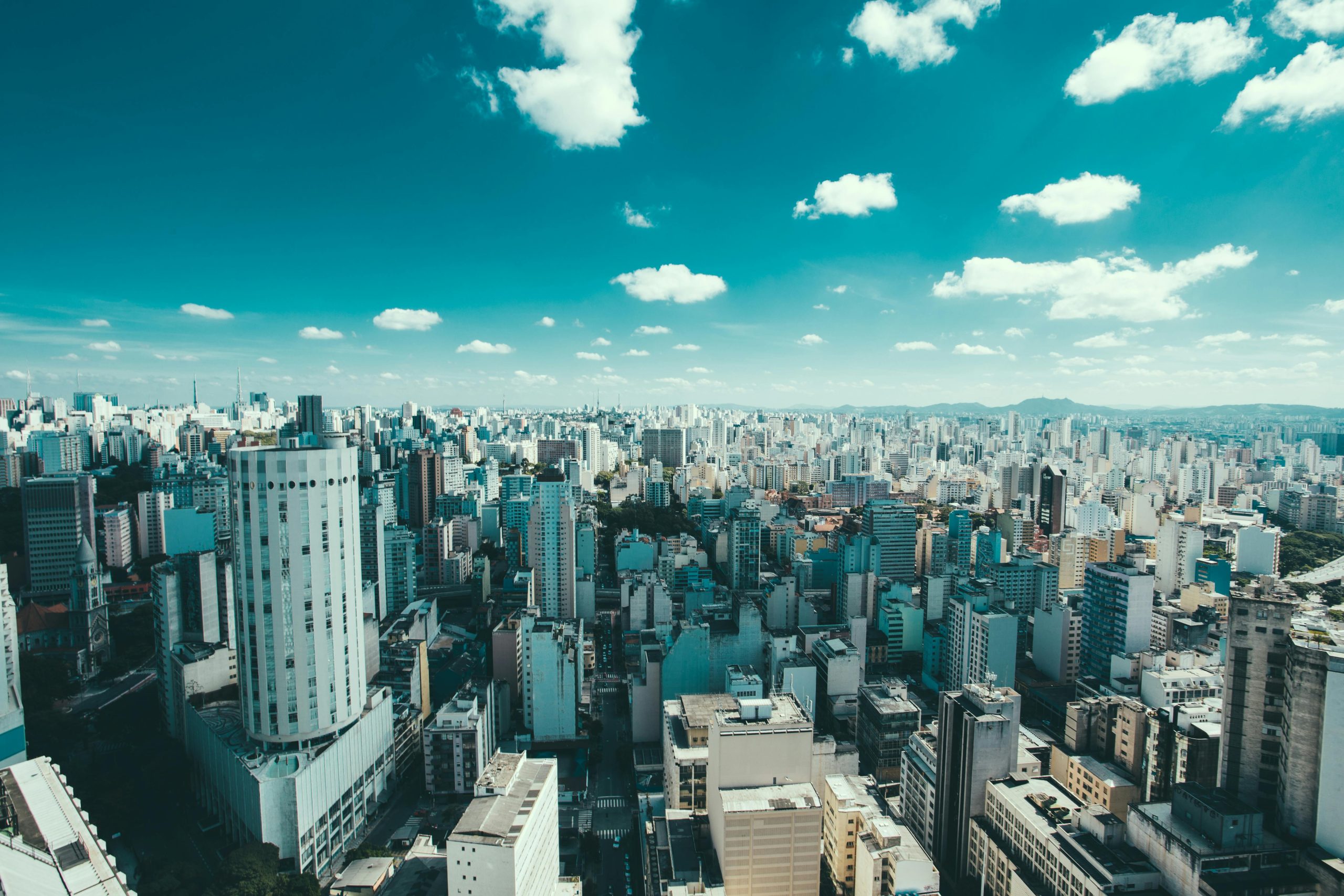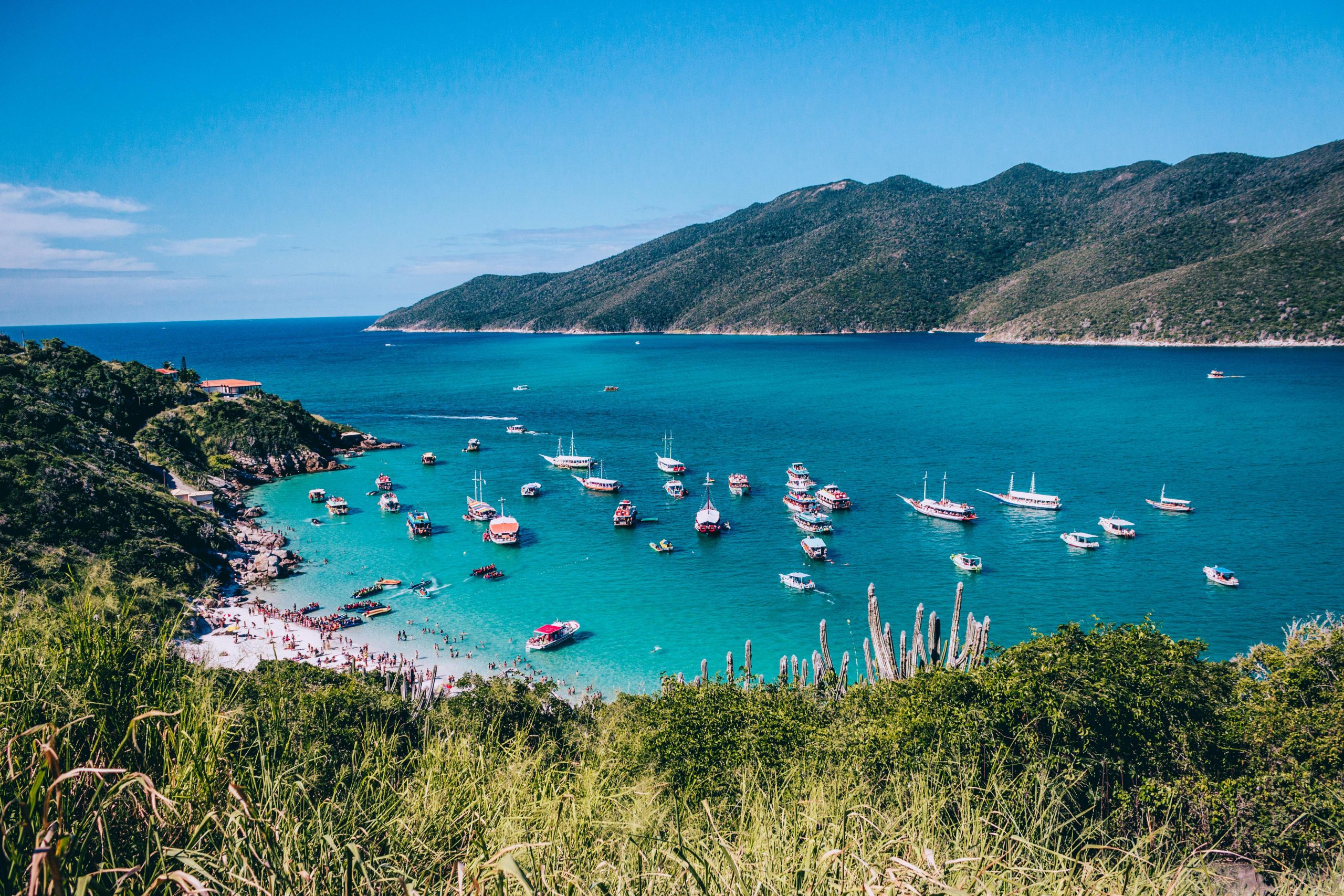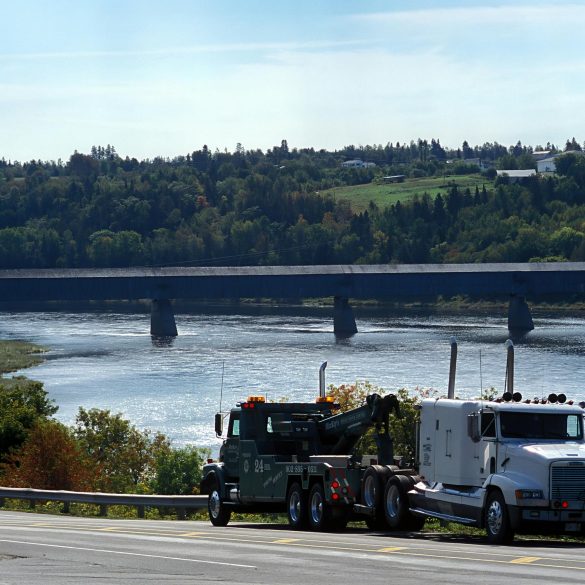The Ultimate Guide to Brazil: What Every Tourist Must Experience
Picture this: you’re standing on Sugarloaf Mountain watching the sun dip behind Rio’s iconic skyline, feeling the warm Brazilian breeze carry the distant sounds of samba music. That’s just the beginning of what awaits you in Brazil, a country so vast and diverse that it could take a lifetime to fully explore.
As someone who’s spent countless months traveling through Brazil’s 26 states, I can tell you that this South American giant offers experiences you simply can’t find anywhere else on Earth. According to recent data from Brazil’s Ministry of Tourism, the country welcomed over 6.6 million international visitors in 2019, making it one of the world’s top travel destinations.
Brazil isn’t just a destination; it’s a feeling. The warmth of the people, known as “jeitinho brasileiro” or the Brazilian way, will embrace you from the moment you arrive. Whether you’re seeking adventure in the Amazon rainforest, relaxation on pristine beaches, or cultural immersion in vibrant cities, Brazil delivers experiences that will fundamentally change how you see the world.
“Brazil is not a country for beginners. It’s complex, contradictory, and absolutely magnificent. Every traveler leaves with stories that sound too incredible to be true,” says Maria Santos, a veteran travel writer for National Geographic who has covered Latin America for over 15 years.
Here’s what makes Brazil truly special: it’s the only country where you can experience African rhythms, European architecture, indigenous traditions, and modern innovation all within a single day. From the colonial charm of Salvador to the futuristic skyline of Brasília, every region tells a different story of this incredible nation.
The diversity is staggering. Brazil spans across multiple climate zones, from tropical rainforests to temperate highlands, desert-like regions to wetlands teeming with wildlife. This geographical variety means that no matter when you visit or what you’re seeking, there’s always something extraordinary waiting to be discovered.
Brazil’s Iconic Destinations: Where Dreams Meet Reality
Let me start with Rio de Janeiro, because honestly, how could I not? The Cidade Maravilhosa (Marvelous City) lives up to every expectation and then exceeds them. Standing beneath the Christ the Redeemer statue, one of the New Seven Wonders of the World, you’ll understand why Rio captures hearts worldwide.
Rio de Janeiro: The Heart of Brazilian Culture
Rio isn’t just about postcard-perfect views, though those certainly don’t hurt. According to the Rio Convention & Visitors Bureau, the city attracts over 2.82 million international tourists annually, making it Brazil’s top tourism destination. But here’s what the statistics don’t tell you: Rio has a soul that pulses with music, dance, and an infectious joie de vivre.
- Copacabana and Ipanema beaches offer world-class people-watching and sunset views
- Santa Teresa neighborhood provides bohemian charm with cobblestone streets and art studios
- Sugarloaf Mountain cable car rides deliver breathtaking 360-degree city panoramas
- Lapa district transforms into a samba paradise every weekend night
São Paulo, Brazil’s economic powerhouse, offers a completely different but equally compelling experience. With over 12 million residents, it’s the largest city in South America and a cultural melting pot that rivals New York or London. The São Paulo Museum of Art houses the finest collection of Western art in the Southern Hemisphere, while the city’s food scene has earned recognition from the World’s 50 Best Restaurants list.
“São Paulo is where Brazil’s future is being written. It’s gritty, sophisticated, and endlessly creative. You can eat at a different restaurant every night for a year and still not experience everything the city offers,” explains Carlos Mendes, food critic for Folha de S.Paulo newspaper.
The Amazon: Earth’s Greatest Natural Wonder
Now, let’s talk about the Amazon rainforest, because this is where Brazil truly becomes otherworldly. Covering 60% of Brazil’s territory, the Amazon represents 40% of the world’s remaining tropical rainforest. Recent studies by the Brazilian National Institute for Space Research show that the Amazon produces approximately 20% of the world’s oxygen.
What strikes you first isn’t the size—though at 2.1 million square miles, it’s larger than India—but the sounds. The symphony of insects, birds, and monkeys creates a natural soundtrack unlike anything you’ve experienced. During my first Amazon expedition, I remember lying in my hammock at 5 AM, listening to howler monkeys announce the dawn while pink dolphins surfaced in the river nearby.
The best Amazon experiences combine wildlife observation with cultural immersion. Indigenous communities like the Yanomami and Kayapo have lived sustainably in these forests for thousands of years, and their knowledge of medicinal plants has contributed to numerous modern pharmaceuticals.

Immersive Cultural Experiences: Beyond the Tourist Trail
You know what’s fascinating about Brazilian culture? It’s impossible to understand it without experiencing it firsthand. The concept of “saudade”—a uniquely Portuguese word describing a deep emotional state of nostalgic longing—permeates everything from music to daily interactions, creating connections that transcend language barriers.
Amazing Brazil Fact
Brazil is home to the world’s largest carnival celebration, with Rio’s Carnival alone attracting over 2 million visitors daily during the festival. The event generates approximately $1 billion in revenue for Rio de Janeiro, making it one of the world’s most economically significant cultural celebrations. The tradition dates back to 1723, blending African, Portuguese, and indigenous influences into a spectacular display of music, dance, and artistry.
Carnival and Festivals: Where Brazil’s Spirit Shines
Carnival season transforms Brazil into the world’s largest party, but here’s the insider secret: the best celebrations often happen in smaller cities. Salvador’s Carnival, according to the Guinness Book of World Records, is the largest street party in the world, with over 2.5 million participants. The energy is absolutely electric—imagine being surrounded by dozens of musical groups called “blocos” while millions of people dance through historic colonial streets.
- Rio’s Sambadrome showcases elaborate parade competitions between samba schools
- Salvador’s street carnival offers more participatory and accessible celebrations
- Recife and Olinda present traditional frevo music and maracatu rhythms
- São Paulo’s carnival features over 500 street parties throughout the city
Brazilian Cuisine: A Gastronomic Adventure
Brazilian food goes far beyond the famous churrasco barbecue, though don’t get me wrong—a proper rodízio experience with endless grilled meats is absolutely worth it. The real culinary magic happens when you explore regional specialties that reflect Brazil’s diverse cultural heritage.
| Region | Signature Dish | Key Ingredients | Cultural Origin |
|---|---|---|---|
| Bahia | Moqueca | Coconut milk, dendê oil, seafood | African influence |
| Minas Gerais | Pão de açúcar | Cheese, cassava flour | Portuguese colonial |
| Amazon | Tacacá | Tucumã, jambu, shrimp | Indigenous tradition |
“Brazilian cuisine is a living museum of immigration and cultural fusion. Every dish tells the story of the people who created it, from African slaves to Italian immigrants to indigenous communities. It’s edible history,” notes Alex Atala, renowned chef and owner of D.O.M. restaurant in São Paulo.
Beach culture in Brazil transcends simple sunbathing. It’s a social institution where business deals are made, friendships are forged, and life’s important conversations happen. The beaches of Florianópolis attract surfers from around the world, while the northeastern coast offers some of the most pristine and less crowded stretches of sand on the continent.
Adventure activities abound for thrill-seekers. Hang gliding over Rio’s beaches, sandboarding in the Lençóis Maranhenses National Park, or piranha fishing in the Pantanal wetlands—Brazil offers adrenaline experiences you simply can’t find elsewhere. Have you ever considered what it would feel like to snorkel with giant river otters or zip-line through the world’s largest rainforest canopy?
Essential Travel Tips: Your Brazil Success Guide
Here’s the thing about traveling to Brazil: timing can make or break your experience. The country’s massive size means different regions have opposite seasons, so your “when” is just as important as your “where.” During my years of Brazil travel consulting, I’ve seen too many visitors make preventable mistakes that diminished their experiences.
Best Time to Visit by Region
Brazil’s climate diversity requires strategic planning. According to data from the Brazilian Institute of Geography and Statistics, the country experiences distinct wet and dry seasons that vary dramatically by region. The dry season (May to September) is ideal for Amazon exploration, while Rio’s summer (December to March) coincides with Carnival but also brings intense heat and crowds.
- Amazon region: Visit during dry season (June-November) for easier wildlife spotting
- Northeast beaches: Year-round destination with consistent warm weather
- Rio and São Paulo: Avoid peak summer crowds; April-May and September-October offer ideal conditions
- Southern Brazil: December to March provides warmest weather for wine country visits
Safety and Budget Planning
Brazil offers incredible value for travelers, but smart planning is essential. According to recent reports from the U.S. State Department, most tourist areas are safe when visitors follow basic precautions. Budget approximately $50-80 per day for mid-range travel, including accommodation, meals, and activities. Always use registered tour operators for Amazon excursions and keep copies of important documents in multiple locations.
Transportation and Getting Around
Brazil’s transportation network has improved dramatically over the past decade. The country’s domestic flight system, operated primarily by GOL, Azul, and LATAM, connects major cities efficiently. For ground transportation, long-distance buses offer comfortable and affordable travel between cities, with companies like Viação Cometa providing luxury coach services.
“The key to successful Brazil travel is embracing the unexpected. Flights get delayed, buses take scenic routes, and sometimes the best experiences happen when plans go sideways. Brazilian flexibility—’jeitinho brasileiro’—becomes your greatest asset,” advises Roberto Silva, who has led tours throughout Brazil for over 20 years.
Language considerations shouldn’t intimidate you. While Portuguese is the official language, many tourism professionals speak English, and Brazilians are remarkably patient with visitors attempting to communicate. Learning basic phrases like “obrigado/obrigada” (thank you) and “com licença” (excuse me) will earn you genuine smiles and often special treatment.
What questions should you ask yourself before booking your Brazil adventure? Consider your primary interests: Are you seeking cultural immersion, natural wonders, urban sophistication, or beach relaxation? Your answer will determine whether you need two weeks or two months to properly experience what Brazil offers.
Final Recommendations
My strongest advice? Don’t try to see everything in one trip. Brazil rewards depth over breadth. Choose 2-3 regions and explore them thoroughly rather than rushing through a checklist of destinations. The connections you’ll make—with places and people—will be far more meaningful and lasting.
Brazil will challenge your preconceptions, expand your comfort zone, and provide experiences that become the stories you tell for decades. From the Amazon’s primal beauty to Rio’s sophisticated charm, from São Paulo’s cultural richness to the Northeast’s pristine beaches, Brazil offers transformative travel experiences that simply don’t exist anywhere else on Earth.


